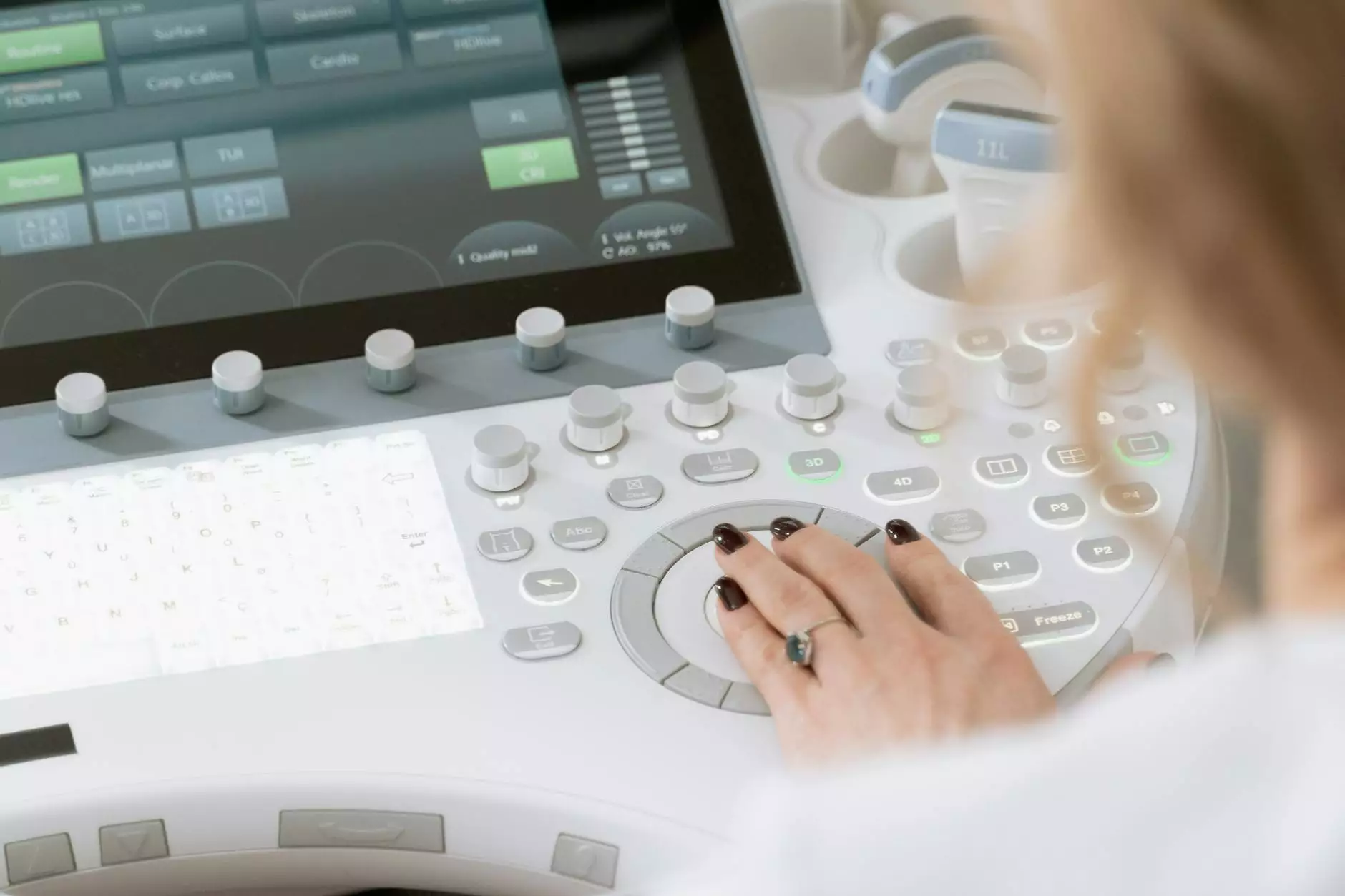A mini stroke is a big deal — Its symptoms just don't last as long
Health Equity
What is a Mini Stroke?
A mini stroke, also known as a transient ischemic attack (TIA), is a temporary interruption in blood flow to a specific part of the brain. Despite being temporary and often resolving independently, TIAs should never be underestimated. They are a serious warning sign and indicate an increased risk of a major stroke in the future.
Recognizing Symptoms of a Mini Stroke
Mini strokes can present a variety of symptoms that may last from a few minutes to several hours. It is crucial to be aware of these symptoms to seek immediate medical attention. Common signs of a mini stroke include:
- Sudden weakness or numbness in the face, arm, or leg, particularly on one side of the body
- Difficulty speaking or understanding speech
- Loss of balance or coordination
- Blurred or double vision
- Sudden severe headache
It's important to note that these symptoms typically resolve on their own within 24 hours. However, ignoring them can have severe consequences, as they are strong indicators of a potential major stroke.
Why Mini Strokes Shouldn't Be Ignored
Although the symptoms of a mini stroke may disappear quickly, it doesn't mean they should be taken lightly. Mini strokes serve as warning signs that your brain is at increased risk of a more severe stroke in the future. In fact, those who have experienced a mini stroke are at a higher risk of having a major stroke within the next 90 days.
Ignoring the symptoms and failing to seek medical attention promptly can lead to irreversible damage or even death. Acting fast can help prevent further brain damage and potentially save a life.
Diagnosis and Treatment
If you suspect you or someone you know may have experienced a mini stroke, it is crucial to seek immediate medical attention. A healthcare professional will evaluate your symptoms, review your medical history, and conduct additional tests to determine the cause and appropriate treatment.
Diagnosis of a mini stroke may involve imaging tests such as an MRI or CT scan, blood tests, and an electrocardiogram (ECG) to assess heart function. Additionally, your doctor may recommend lifestyle changes, medication, and further prevention strategies to reduce the risk of a major stroke.
Preventing Future Strokes
After experiencing a mini stroke, it's essential to focus on preventing future strokes. Your healthcare provider will work with you to develop a personalized plan that may include the following:
- Medications: Specific medications can help prevent blood clots, lower blood pressure, and manage underlying health conditions that increase the risk of stroke.
- Lifestyle Modifications: Adopting a healthy lifestyle is crucial. This includes quitting smoking, maintaining a healthy weight, exercising regularly, and following a nutritious diet.
- Monitoring and Regular Check-ups: Regular visits to your healthcare provider can help monitor your condition, make necessary adjustments to your treatment plan, and address any concerns.
Remember, stroke prevention requires ongoing commitment and adherence to medical advice. By taking appropriate steps, you can significantly reduce the risk of future strokes and improve your overall health.
Conclusion
A mini stroke, despite its temporary nature, should never be ignored. It serves as a warning that a major stroke could occur in the future. Recognizing the symptoms, seeking immediate medical attention, and actively implementing preventative measures are essential for minimizing the risk and protecting your health.
At Norton Community Medical Associates, we understand the importance of educating our patients about mini strokes and their potential consequences. Our experienced healthcare professionals are dedicated to supporting you in your journey towards optimal health and stroke prevention.









